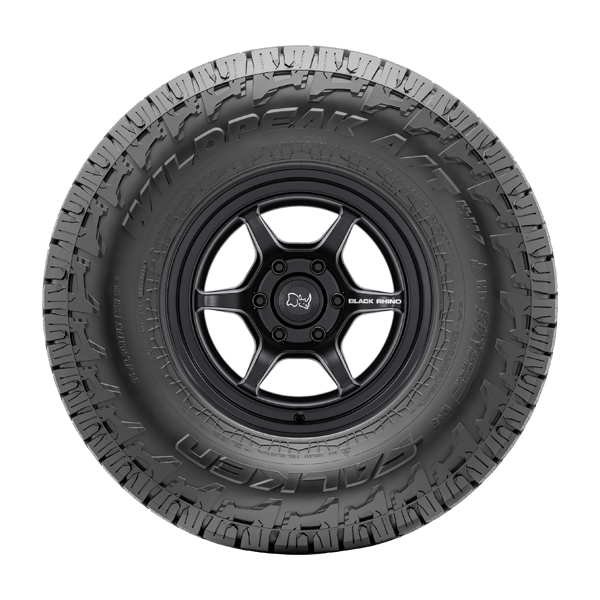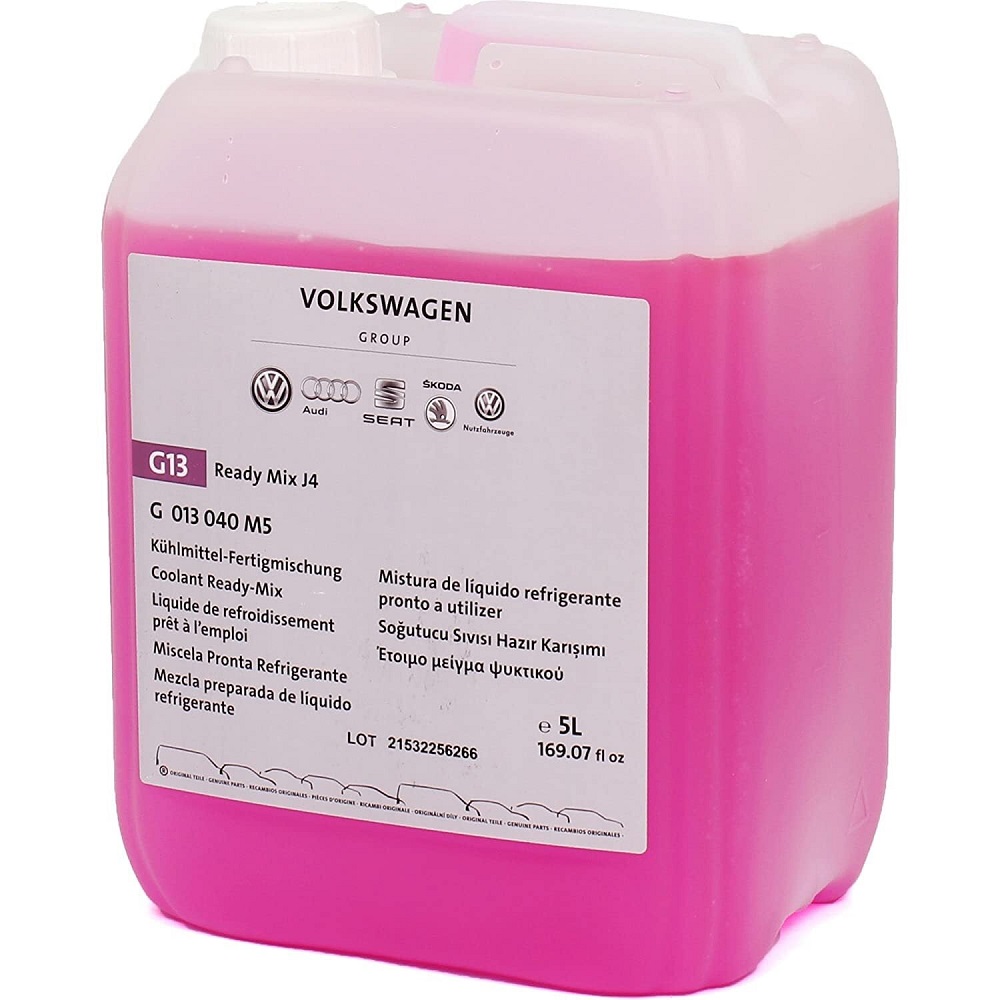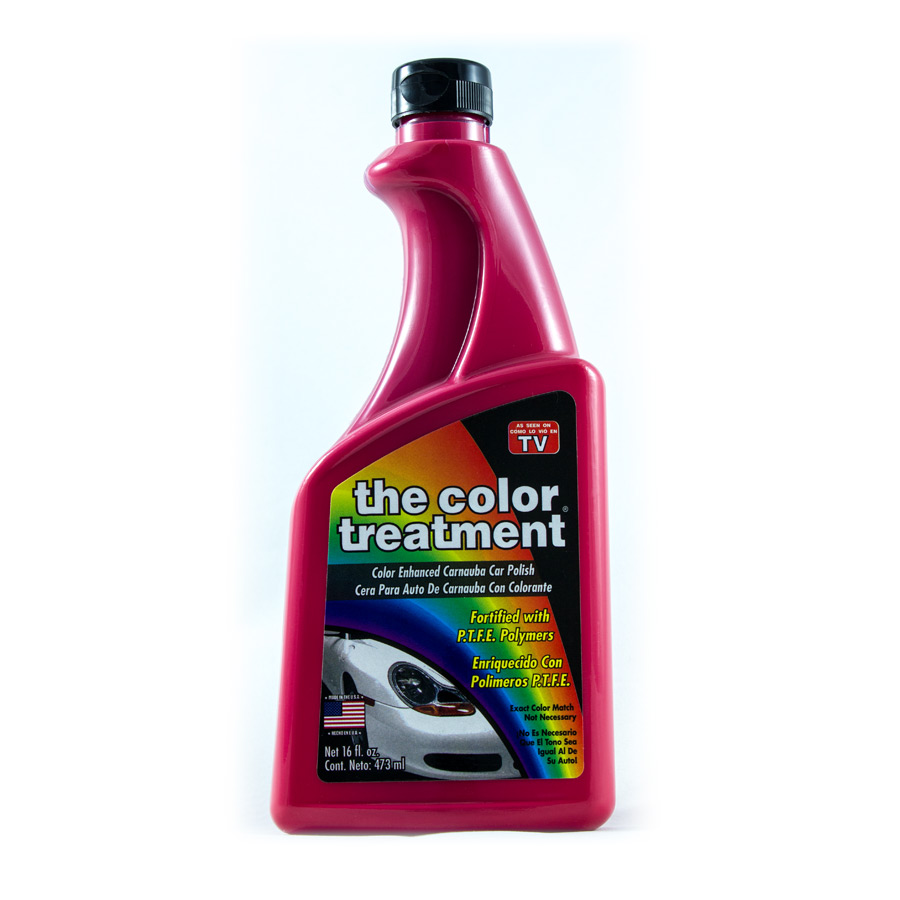Introduction to Leather Car Seat Repair
Leather car seats add a touch of luxury to any vehicle, but they can be prone to wear and tear. Over time, daily use can lead to unsightly tears which not only diminish the overall look of your car’s interior but can also decrease its value. Recognizing this issue, this DIY guide aims to equip you with the knowledge on how to repair leather car seat tear effectively.
When a leather seat gets torn, the damage may seem irreversible at first glance. However, with the right tools and techniques, you can mend the damage and restore your car’s leather seats to near-original condition. Repairing leather is less about stitching and more about understanding the material, using the right adhesives, and carefully blending repair work with the surrounding area.
By learning how to repair a tear in a leather car seat, you not only save money on potentially expensive professional repairs but also maintain the integrity of your seats for years to come. Stick with this guide for thorough instructions and tips on leather seat repair, and you’ll be able to handle accidental rips confidently and effectively.
Tools and Materials Needed for Leather Seat Repair

Before you start learning how to repair leather car seat tear, it’s essential to gather the right tools and materials. These will ensure that your repair job looks professional and lasts. Here’s what you’ll need:
- Leather Repair Kit: This should include a leather adhesive, a backing fabric for the tear, and various leather dyes.
- Scissors: A sharp pair is crucial for cutting the backing fabric to the right size.
- Leather Cleaner: To clean the area around the tear before starting the repair process.
- Clean Cloth: For applying the cleaner and dyes.
- Rubbing Alcohol: To prepare the surface for the repair adhesives.
- Spatula or Palette Knife: To smoothly apply and spread the adhesive.
- Fine Grain Sandpaper: For gently sanding the repaired area before dyeing.
- Colorant/Dye: To match the repaired spot with the rest of the seat.
- Sponge or Brush: To apply the colorant.
- Leather Conditioner: To finish off by conditioning the seat and restoring suppleness.
Make sure that the colors in the leather repair kit match your car seat. If not, you may need to mix dyes for a closer match. The right materials will make the process of how to repair leather car seat tear more effective and give a seamless finish.
Step-by-Step Guide to Repairing a Tear in Leather Seats
Repairing a leather car seat tear can be straightforward with a methodical approach. Here is a step-by-step guide to help you fix tears efficiently.
Assess the Damage
Start by assessing the size and location of the tear. Small punctures differ from long rips and each requires a specific repair method.
Clean the Area
Use a leather cleaner and a clean cloth to remove dirt and oils from the tear’s vicinity. This ensures better adhesion when you apply repair products.
Prepare the Surface
Apply rubbing alcohol with a cloth to the tear area. This will remove any residue and prepare the leather for mending.
Cut the Backing Fabric
Use scissors to cut a piece of backing fabric provided in the leather repair kit. Make sure it’s slightly larger than the tear.
Insert the Fabric
Position the fabric inside the tear, using a spatula or palette knife. Secure it in place with a leather adhesive from your kit.
Apply the Adhesive
Spread a thin layer of leather adhesive on top of the backing fabric. Smooth it out to avoid bumps.
Allow to Dry
Let the adhesive cure as directed. Avoid using or stretching the seat during this time.
Sand the Repaired Area
Once dry, gently sand the area with fine grain sandpaper. Be careful to not damage the surrounding leather.
Dye the Repair
Match the colorant from your kit to your seat. Dab it onto the repair spot with a sponge or brush.
Let the Dye Set
Allow the dye to dry completely. This may take a few hours or as recommended by the dye manufacturer.
Condition the Leather
Finish with a leather conditioner to restore softness and protect the repair.
Follow these steps to learn how to repair leather car seat tear effectively. Proper application will result in a smooth, inconspicuous repair. Keep in mind that patience and attention to detail are key for a successful DIY repair job.
Tips for Preparing the Damaged Area

Before you delve into the actual repair work, preparing the damaged area on the leather car seat is crucial. Here are some tips:
- Inspect Carefully: Look closely at the tear. Notice its edges and depth. This can tell you how much preparation is needed.
- Clean Thoroughly: Use leather cleaner and a cloth. Make sure you remove all dirt. A clean surface ensures better repair.
- Degrease with Alcohol: After cleaning, rub down the area with rubbing alcohol. This step helps in removing oily residue. The adhesive will then stick better.
- Trim Loose Ends: If there are frayed edges around the tear, trim them. Use scissors for precision. This makes the tear edges neat for a smooth repair.
- Test Adhesives: Before applying to the seat, test your leather adhesive on a small patch. This way you can ensure it sets correctly.
- Drying is Key: After each preparation step, let the area dry. Don’t rush the process. Patience here is vital for a good outcome.
These tips will help you on how to repair leather car seat tear more effectively. Taking time to prepare is a step towards a repair that’s hard to spot.
Techniques for Sewing Small Tears
Small tears in leather car seats can often be sewn shut for a quick fix. If you’re tackling a small puncture or tear, you’ll need patience and a steady hand. Here’s a simplified method on how to repair leather car seat tear using sewing techniques:
- Choose the Right Needle: Pick a thick, strong needle that can handle thick leather.
- Select Durable Thread: Opt for a nylon or polyester thread that matches your car seat color.
- Sew Carefully: Thread the needle and gently sew the tear closed. Use small stitches.
- Knot Ends Securely: Make sure to knot the thread ends well so the sewing doesn’t come undone.
- Hide Stitches: Try to hide your stitches within the leather’s natural creases.
Sewing can provide a durable fix, but make sure to keep your stitches neat. For best results, sew tight and even stitches and avoid pulling too hard, as this may cause more damage.
Using Leather Repair Kits for Larger Tears
Leather repair kits play a crucial role when dealing with larger tears. A key advantage of these kits is they provide a simple solution for anyone looking to learn how to repair leather car seat tear without the need for professional help. Here’s how to use them effectively:
- Choose the Right Kit: Pick a kit designed for large repairs. It includes larger backing fabric and more adhesive.
- Prepare the Tear: Follow the earlier steps to clean and prepare the leather surface.
- Cut the Backing Fabric: Ensure it covers the entire tear and has extra space around it.
- Place the Fabric: Insert it carefully behind the tear, ensuring full coverage.
- Apply Adhesive: Use enough adhesive to bond the backing fabric to the leather. Spread it evenly.
- Press Down Firmly: Make sure the fabric bonds well with the leather without air bubbles.
- Let It Dry: Patience is essential. Allow the adhesive ample time to set.
- Apply Filler If Needed: Some kits come with filler for deeper tears. Use as instructed.
With a leather repair kit and these straightforward steps, you can tackle larger leather tears. This will save both money and time, all while restoring the look and durability of your car seats.
Finishing Touches: Dyeing and Conditioning Leather

Once you have followed the steps to repair your leather car seat tear, the job is not over yet. The final steps are crucial in ensuring your repair blends in perfectly with the rest of the seat and the leather is protected for the future. Here’s how to add those finishing touches:
Dyeing the Repaired Area
After mending the tear with a leather repair kit, it’s time to focus on making the repair site look as good as new. Dyeing is vital for this.
- Choose the Right Colorant: Select a dye that matches your seat’s color.
- Apply the Dye Evenly: Use a sponge or brush for an even application.
- Blend Edges: Merge the dyed area with the surrounding leather.
- Let It Dry: Allow plenty of time for the dye to set.
Conditioning the Leather
Conditioning is the last step. It restores the leather’s suppleness and adds a protective layer.
- Pick a Quality Conditioner: Look for a premium leather conditioner.
- Apply in Circles: Rub the conditioner in with a circular motion.
- Cover Entire Seat: Don’t just treat the repaired spot; condition the whole seat.
- Buff to Finish: After drying, buff the leather gently for a shine.
By dyeing and conditioning the leather, you maintain the aesthetic of your car seat and protect your repair work. These steps ensure long-lasting results and help you know how to repair leather car seat tear thoroughly. Your leather car seats will look well-cared for, enhancing not only the look but also the longevity of your vehicle’s interior.
Maintaining Your Leather Seats Post-Repair
After repairing a leather car seat tear, maintaining the seat is key. Proper maintenance ensures the repair lasts and the seat remains in good condition. Here are steps to keep your leather seats looking great:
- Regular Cleaning: Clean the seats with a leather cleaner every few weeks. This removes dirt and prevents wear.
- Avoid Sun Damage: Protect leather seats from prolonged sun exposure. Use sunshades or park in shaded areas if possible.
- Condition Regularly: Apply leather conditioner every three to six months. It keeps the leather soft and prevents cracks.
- Be Gentle: When using the seats, avoid sharp objects and excess friction on the repair area.
- Immediate Action on Spills: If spills occur, clean them up quickly. This avoids stains and potential damage to the repair.
- Keep the Seats Dry: Leather doesn’t love moisture. If the seats get wet, dry them as soon as you can.
- Professional Check-ups: Once a year, consider professional leather seat cleaning and inspection. Experts can spot issues early and perform necessary touch-ups.
Follow these maintenance tips to keep your repaired leather car seats looking their best. With regular care, your car’s interior can remain a point of pride, reflecting your dedication to your vehicle’s upkeep. Remember, preserving the elegance of leather requires consistent effort but is well worth it for the luxurious feel and appearance you love.









